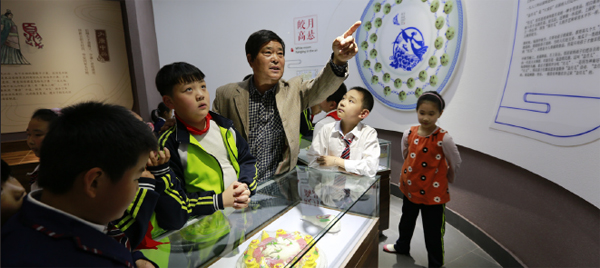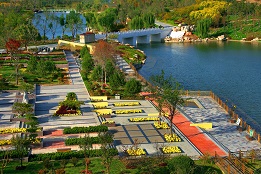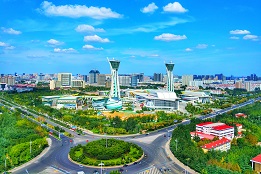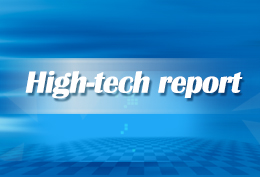New economic drivers go into top gear at Weifang high-tech zone

Visitors at a subdistrict-level museum in the zone look at the old exhibits, which were preserved to represent the local traditions and culture inherited from their ancestors. [Photo provided to China Daily]
The zone's authorities have vowed to continuously make efforts to ensure that every resident in the region can enjoy good education.
As part of the urban upgrade process, some residents living in rural areas have been relocated to new apartments.
Officials said local authorities had taken great care to ensure relocated residents enjoyed significantly better living conditions in their new homes.
They said the zone would accelerate construction of new apartments, so that people could move into their new homes as soon as possible.
The zone is also encouraging property developers to construct high-end apartments, featuring quality design and efficient property management services, to settle those relocated residents. The construction of low quality properties is not allowed.
Officials said that although residents enjoyed their new lives in the high-rise buildings, they also wanted to preserve some old aspects, representing local traditions and culture.
In response to their demands, the zone built subdistrict-level and village-level museums — so residents can conserve documents containing family trees, social history and anecdotes that have cultural and historical value.
Officials said that those museums would give the younger generations the opportunity to learn the past local traditions and culture.
"Building subdistrict-level and village-level museums to help residents preserve this history is one of the key tasks of the zone," said Fang Guo, a consultant from the zone's administrative committee.
"We are accelerating construction of those museums this year."
To date, 45 subdistrict-level museums, 41 village-level museums, among other projects, have been planned, according to the zone.
Weifang Hi-tech Industrial Development Zone’s investment in local living standard enhancement projects has been increasing year-on-year.
The zone invested 3.2 billion yuan in 59 projects in 2016 and 2017. The overall amount is projected to reach 4.03 billion yuan in 2018, according to zone officials.
Liu Jie and Zhou Jinjiang contributed to this story.




